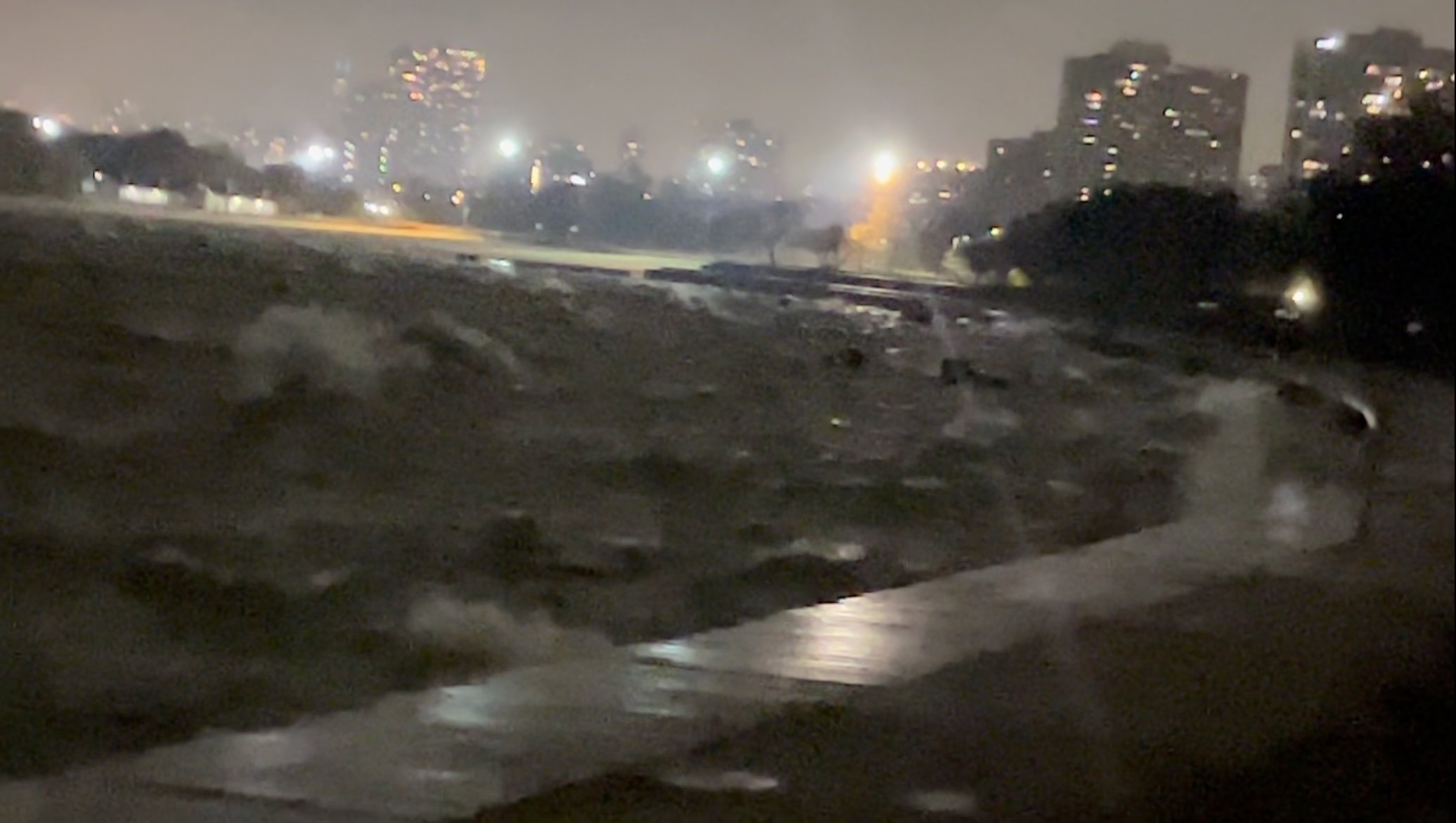The polar jet stream is becoming unstable and it’s a big problem
The polar jet stream, that high-altitude river of wind that shapes our weather, is undergoing a profound transformation. This change is no small matter—it’s a symptom of a warming planet and a warning sign for how deeply interconnected our climate systems are. Let’s explore what’s happening to the polar jet stream and the far-reaching consequences of its destabilization.
The Roots of Destabilization
The polar jet stream is powered by the sharp temperature difference between the cold Arctic and the warmer mid-latitudes. However, due to Arctic amplification—the phenomenon where the Arctic warms faster than the rest of the planet—this temperature contrast is shrinking. As a result, the jet stream is weakening, slowing, and becoming less stable.
This instability is marked by larger and more persistent waves in the jet stream’s flow. These waves, known as Rossby waves, create extreme weather patterns by stalling in place, allowing certain conditions to linger far longer than usual. Where the jet stream once acted as a steady conveyor belt, it now resembles a meandering stream prone to getting stuck.
The Ripple Effects of a Wavering Jet Stream
The impacts of a destabilized jet stream are being felt worldwide, manifesting as increasingly severe and erratic weather patterns:
Heatwaves: When the jet stream stalls in one location, it can trap high-pressure systems, leading to prolonged heatwaves. These extreme temperatures are not only dangerous for human health but also stress ecosystems and strain energy grids.
Cold Spells: On the flip side, waves in the jet stream can allow frigid Arctic air to spill southward, creating extended cold spells or polar vortex events. These sudden, severe drops in temperature disrupt transportation, energy supply, and infrastructure.
Prolonged Rainfall: A sluggish jet stream can cause storm systems to linger, dumping excessive rain over a single region. This contributes to flash flooding, landslides, and long-term water damage.
Droughts: While some areas experience too much rain, others are left with too little. A stationary jet stream can block moisture-laden air from reaching certain regions, intensifying drought conditions and threatening food security.
Systems Under Stress
The destabilization of the polar jet stream doesn’t just affect weather; it reverberates through ecosystems, economies, and communities:
Agriculture: Farmers face increasing uncertainty as planting and harvest seasons are disrupted by unexpected frosts, heatwaves, or droughts. Crop yields and food security are under growing threat.
Ecosystems: Prolonged weather extremes—such as flooding or heatwaves—can devastate ecosystems, from coral reefs to forests, disrupting habitats and threatening biodiversity.
Infrastructure: Urban areas and transportation networks, built for more predictable weather patterns, are increasingly vulnerable to prolonged and severe weather events. Roads, bridges, and power grids face added strain.
Global Stability: The destabilized jet stream also contributes to broader climate disruptions that can exacerbate geopolitical tensions, particularly in regions already vulnerable to resource scarcity or natural disasters.
A Call to Action
The polar jet stream is a reminder of how interconnected our planet’s systems are. While its destabilization highlights the challenges of a warming world, it also underscores the urgency of reducing greenhouse gas emissions and adapting to a changing climate.
By transitioning to renewable energy and prioritizing sustainable practices, we can begin to address the root causes of this instability. These efforts, paired with resilience-focused infrastructure and global cooperation, are critical to mitigating the worst effects of a shifting climate.
The polar jet stream is no longer operating as the steady force it once was. Instead, it serves as a powerful indicator of the broader changes underway in our climate—a stark reminder of the work we must do to secure a livable future.



